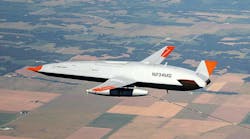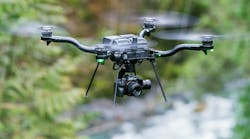Posted by John McHale
Voice your opinion!
Voice your opinion!


